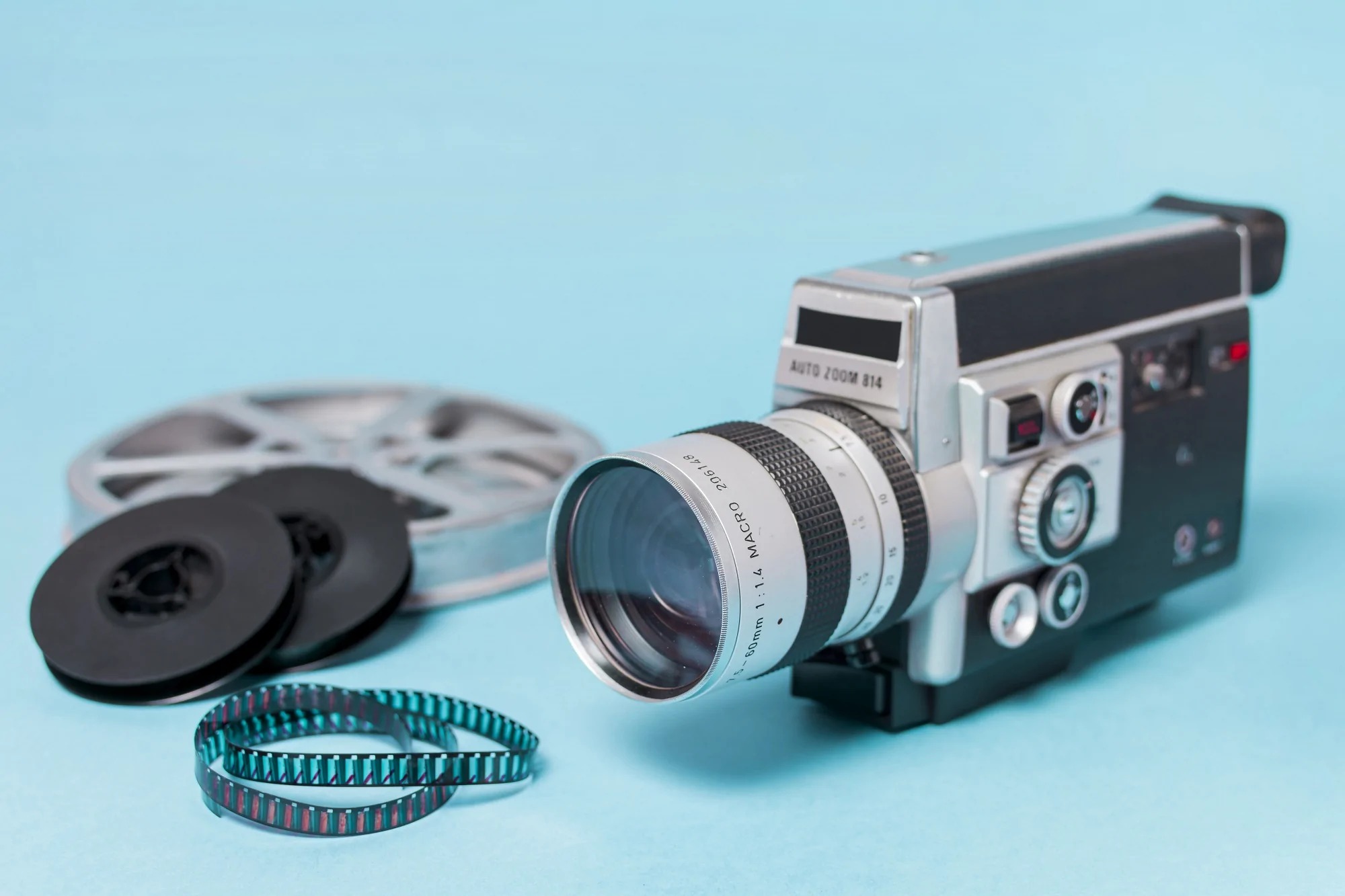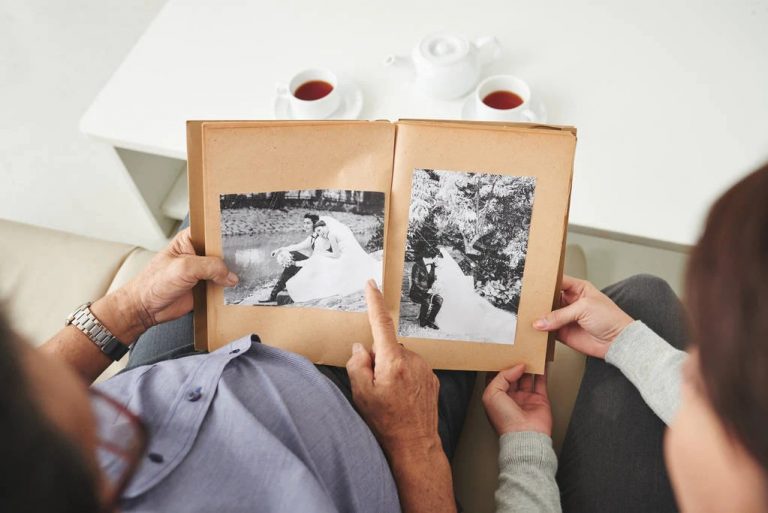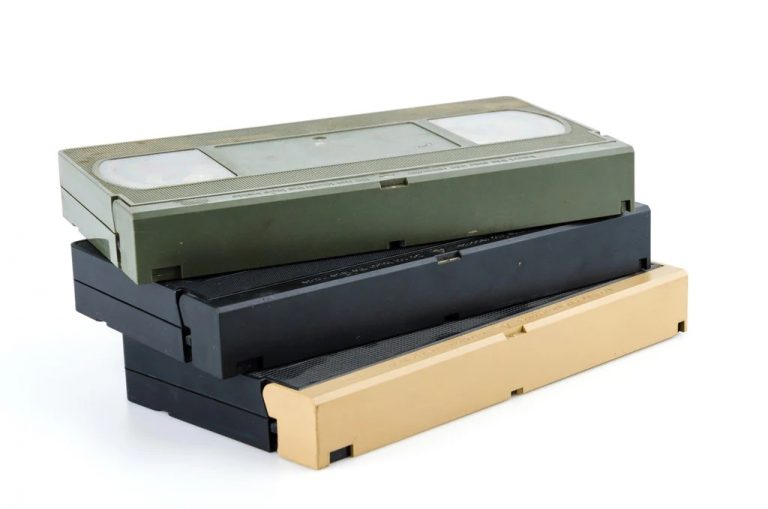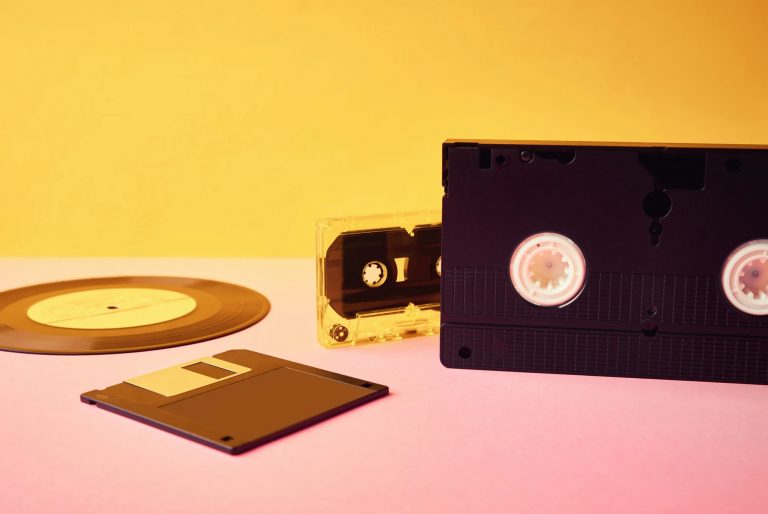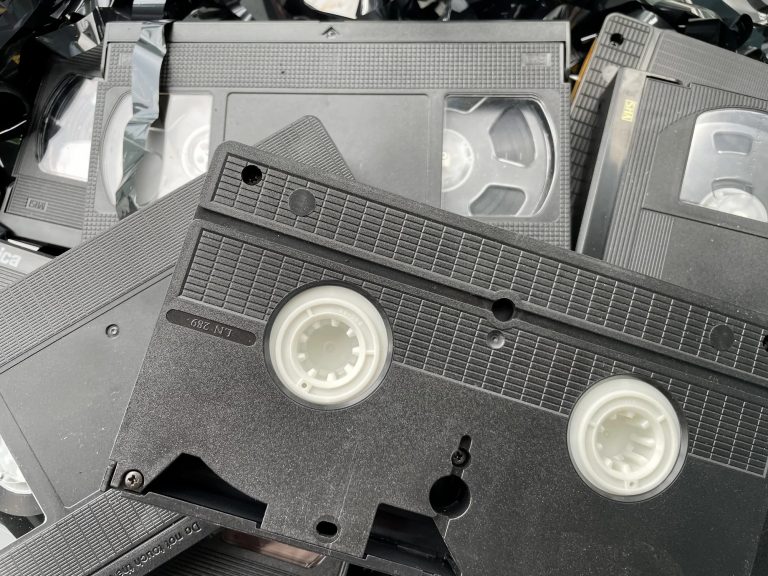How To Convert Old Camcorder Tapes To Digital
It’s funny how times have changed so quickly. The kids today have no idea what a VCR or a VHS tape is. But, back in the day, this was technology that changed television viewing habits because we didn’t need to tune in exactly on time every week to watch our favorite TV program. We were in control as we could record programs and watch them on our timetable and with fast forward, we could even skip commercials. At The Video Editor we convert old camcorder tapes to digital.
How it Began
Japan Victor Company (JVC) put the ½” videotape technology on the market in 1976. In 1978 I remember paying close to $900 for my first VCR (video cassette recorder) it must have weighed 70 pounds easily. You might have joined the legions of consumers that decided they needed to have a VCR to record shows that they might have otherwise missed because they weren’t home at the time.
The eighties and nineties and even into the two thousand saw the worldwide adoption and growth of the VHS and VCR.
Today we are all asking the same question, How can I convert old camcorder tapes to digital? No one has a VCR anymore to check to see what’s on the tapes and if you are like the majority of people we didn’t do so well labeling the tapes. Thus the what’s on them mystery.
By the end of this article, I will have convinced you that you have probably several decades of precious family memories captured on tapes you can’t watch. Forget trying to recall all the potential events where you might have had a video camera recording. Face it you’re going to transfer your tapes to digital one of these days. But don’t wait too much longer. Keep reading.
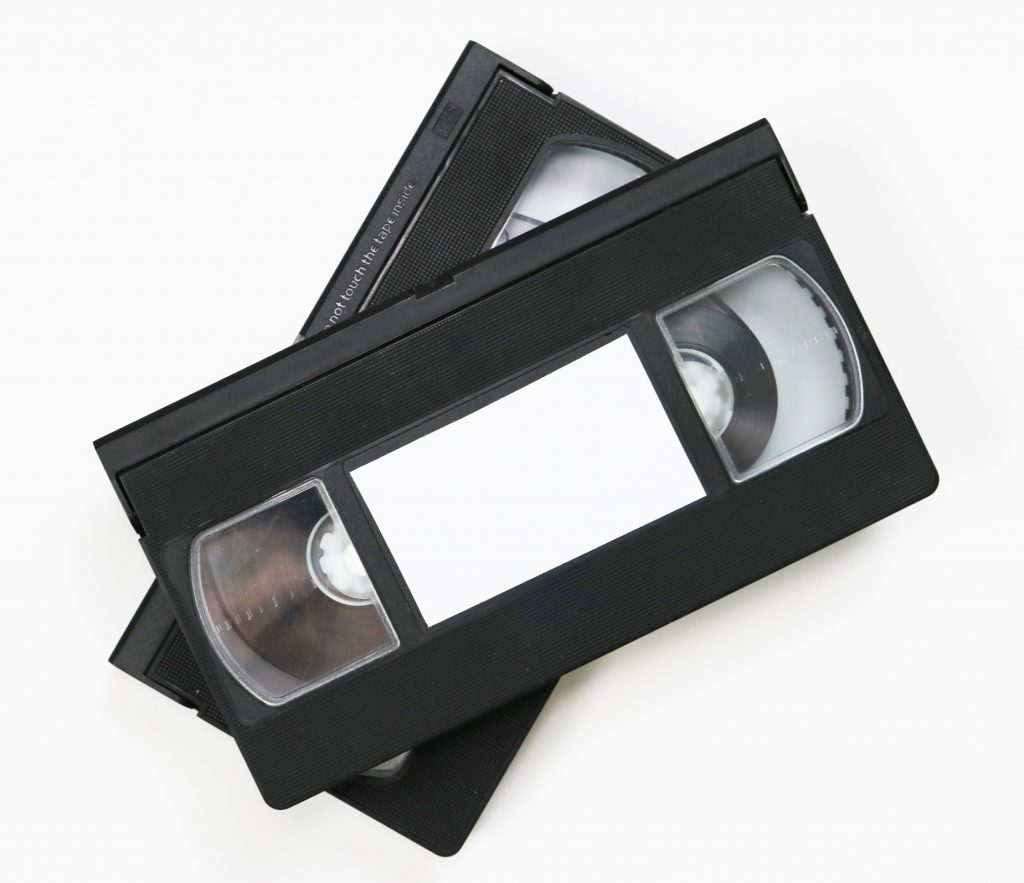
Outdated – Expired tapes
With the life expectancy of videotapes at 10-30 years, you are pushing the envelope with your collection. Age, light, temperature fluctuations, unstable humidity, mold, not to mention natural events like, fire, flood, earthquakes threaten or continue to degrade your remaining videotapes.
What does it look like when the tape is falling apart? Clicks pops and video noise appears on the TV, yielding an unstable image. Audio and video dropouts are common as the adhesive glue on the tape that holds the magnetic media together is flaking off adding to the problems.
Outdated – Extinct Equipment
It used to be every one of your neighbors, friends and family owned a VCR, today ask them and the answer is no I don’t have one, or I have one but it is broken. The same goes for smaller video cameras like 8mm, Hi8, and Mini-DV, they are broken or missing key cables.
Where To Get Tapes Transferred
Professionals
Hiring a digital transfer service to properly transfer all you’re many different sized tapes to DVD or digital makes sense. These companies have the right equipment properly taken care of and enhanced to yield the best images possible from every tape. These companies can deliver all your digital transfers on DVDs and or a thumb drive as an .mp4 video file.
With this video file, you can perform video editing now or later on in the future. You can take all the raw footage and edit it down to the best highlights from a tape or event. With this option you have flexibility. Another option that is becoming more popular is to have video storage in the cloud. Video and data storage services like Google Drive, Dropbox, and others, make it easy to watch and stream your home movies and videos on any device that has an internet connection. Plus you can provide family or friends with a link to your private account and they will have the ability to watch and download the video memories as well.
Libraries
This is a new resource, some larger well-funded libraries now have VCRs and a TV for viewing your VHS tapes, maybe not the smaller tapes but investigate at your library and you might be pleasantly surprised. These libraries allow you to view the larger VHS tapes but probably not the transfer of them to digital. So you’ll still need to find a reliable digital transfer service.
DIY
Some people with plenty of time on their hands might tackle the chore of attempting to transfer and digitize their videotapes themselves. However the same issues exist, broken VCRs, broken tapes, and cameras missing the proper cables to power up or transfer correctly.
The learning curve can be steep, be prepared to invest money in equipment and time to learn about and to perform the transfer at the ultimate quality and the best compression for your needs.
Search & Research
So where do we begin? A search engine inquiry “convert tapes to digital near me” should yield you a list of video tape transfer service companies.
Here is a list of things to ask and look for when comparing companies and their ability to convert tape to DVD or a digital video file known as (.mp4).
How long has the company been in business? What kind of experience does the company have? Do they specialize as a digital video converter or do they offer all kinds of video services?
In my experience the more diverse the company the more they are a generalist. Take for example a skilled dermatologist, they know everything about the skin, but because they are a doctor they probably also have an understanding of the bones in the foot but they are not an orthopedic doctor. If I have a broken foot I’ll go to the specialist. I would look specifically for a company that advertises converting video tapes to digital or some variation of that. They are specialists.
Next look at their reviews, what do others say about them? A poor review or two are expected, some of those bad reviews might have come from competitors but overall do people like the company’s work? Do they offer a guarantee? Remember you’ll only want to transfer your tapes once. Do it right the first.
Some large box digital processing factories receive thousands of orders a day. Their highly polished marketing campaign offers the world with their transfers. Generally, they will not get high marks for accuracy, turnaround time, and personalized service. Make sure to ask if their transferring services are performed overseas? This would add many more chances for things that could go wrong quickly. Such as orders getting lost, mixed up, terrible customer service, with little to no phone service to talk to someone.
Ask questions now so you don’t regret it later.
Convert Old Camcorder Tapes To Digital – RECAP
Videos tapes whether that is VHS, mini-DV, 8mm, Hi8 or others is an obsolete magnetic analog video format. Because of the aging polymers and adhesives on the tapes, they are aging and cracking allowing the magnetic properties to fall off the tapes causing permanent damage and resulting in clicks, pops, and video drop-out noise on the picture.
The whole idea behind transferring tapes to digital is to stop the deterioration of that special dance at your son’s wedding, anniversary trips, family gatherings, being able to watch and listen to grandma’s prayer at Thanksgiving, and now to be able to introduce your granddaughter to great grandmother. Ahh, the memories and moments are priceless!
A professional video transfer company has the equipment and the knowledge to transfer safely any video tape format you might have to a stable digital .mp4 format. This format offers the most flexibility now and in the future. Once digital all the previous degrading and color loss of the tapes is over. With digital, you now have the option to edit them, share them with family and friends, and of course, watch them on any device that has a USB or internet connection. At The Video Editor we convert old camcorder tapes to digital.
Costs
A professional digital transfer service company should charge around $15 per videotape to convert it to digital, plus the one-time cost of a storage device like a USB thumb drive, or the cost to upload the video to a cloud storage service like Google Drive or others. That should be around $6. By the way, around 9 videotape video files will fit onto a single 16gb USB thumb drive. We offer larger thumb drives like 32gb and 64 gb and larger to accommodate up to hundreds of video files.
The costs to transfer video to digital by doing it yourself will depend on how much equipment you have to buy and time required to learn how to transfer correctly and the time to transfer each tape. People ask is there a high-speed transfer system? (some audio cassette transfers used to have this feature) No, there is no everyday high-speed video transfer machine. Everything has to take place in real-time. A 2-hour video takes 2 hours to transfer. Figure that into your calculations before tackling such a complex project.
A keyword to search for is “we convert old camcorder tapes” to digital. If it is available at your library take advantage of VHS viewing stations. Remember they are viewing and not transfer stations.
I wish you well in whatever direction you take in digitizing your old camcorder tapes to digital. Remember it’s all about saving and preserving memories and the ability to pass on those images and videos for future generations to enjoy.
To use Kodaks advertising jingle in the 1970s sung by Paul Anka, “Do you remember the times of your life?”

